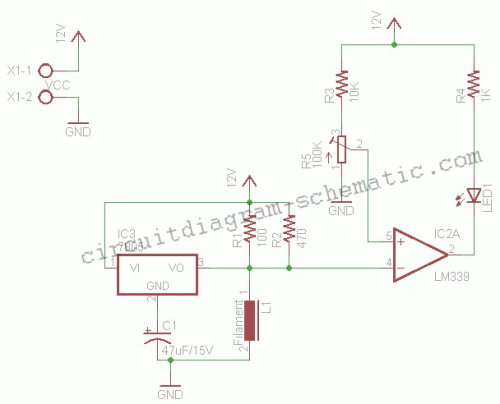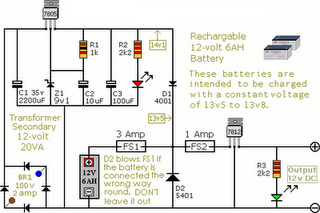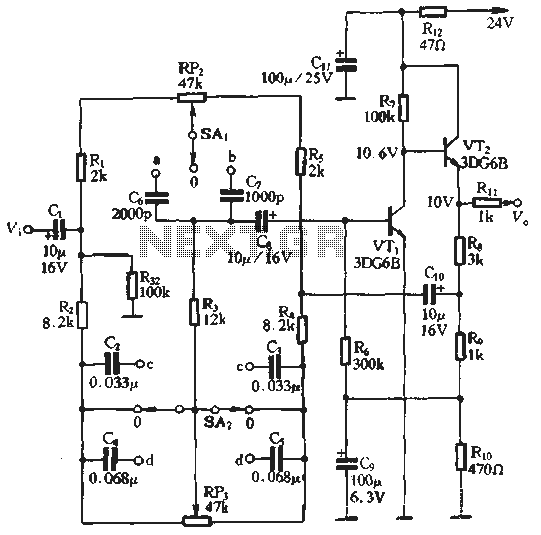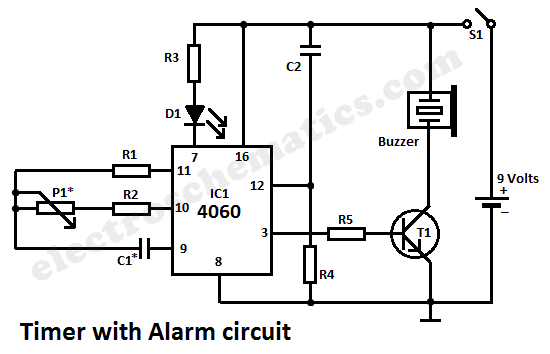
Simple Automatic Air Flow Detector Circuit and Circuit Board

This circuit is a simple air flow detector that signals the presence of air flow. The sensor utilized is a filament incandescent lamp. Components include an air flow detector, a sensor, an LED, and an LM339 operational amplifier.
The air flow detection circuit operates by utilizing the thermal properties of a filament incandescent lamp. When air flows over the lamp, it affects the temperature of the filament, which in turn alters its resistance. This change in resistance can be monitored to determine the presence or absence of air flow.
The LM339 operational amplifier is employed in this circuit to compare the voltage across the sensor with a predefined threshold. When air flow is detected, the voltage changes sufficiently to trigger the output of the LM339, which can then activate an LED indicator. The LED serves as a visual signal that air flow is occurring.
In terms of configuration, the circuit typically includes a power supply connected to the LM339, which is set up in a comparator mode. The filament lamp is connected in series with a resistor to form a voltage divider. The output from the LM339 can be connected to the anode of the LED, with the cathode connected to ground, allowing the LED to illuminate when air flow is detected.
This type of air flow detection circuit can be applied in various settings, such as HVAC systems, ventilation monitoring, or safety applications where air flow is critical. The simplicity of the circuit allows for easy integration into existing systems while providing reliable air flow detection.This circuit is a simple detection of air flow, this circuit can be signaled in the event of air flow. The sensor used is a filament incandescent lamps. Air Flow Detector, sensor, LED, LM339, op-amp,. 🔗 External reference
The air flow detection circuit operates by utilizing the thermal properties of a filament incandescent lamp. When air flows over the lamp, it affects the temperature of the filament, which in turn alters its resistance. This change in resistance can be monitored to determine the presence or absence of air flow.
The LM339 operational amplifier is employed in this circuit to compare the voltage across the sensor with a predefined threshold. When air flow is detected, the voltage changes sufficiently to trigger the output of the LM339, which can then activate an LED indicator. The LED serves as a visual signal that air flow is occurring.
In terms of configuration, the circuit typically includes a power supply connected to the LM339, which is set up in a comparator mode. The filament lamp is connected in series with a resistor to form a voltage divider. The output from the LM339 can be connected to the anode of the LED, with the cathode connected to ground, allowing the LED to illuminate when air flow is detected.
This type of air flow detection circuit can be applied in various settings, such as HVAC systems, ventilation monitoring, or safety applications where air flow is critical. The simplicity of the circuit allows for easy integration into existing systems while providing reliable air flow detection.This circuit is a simple detection of air flow, this circuit can be signaled in the event of air flow. The sensor used is a filament incandescent lamps. Air Flow Detector, sensor, LED, LM339, op-amp,. 🔗 External reference





